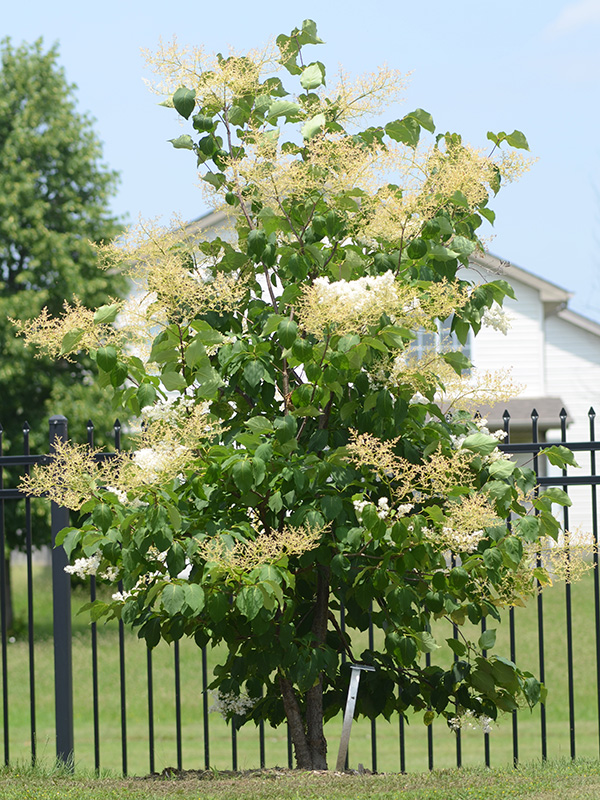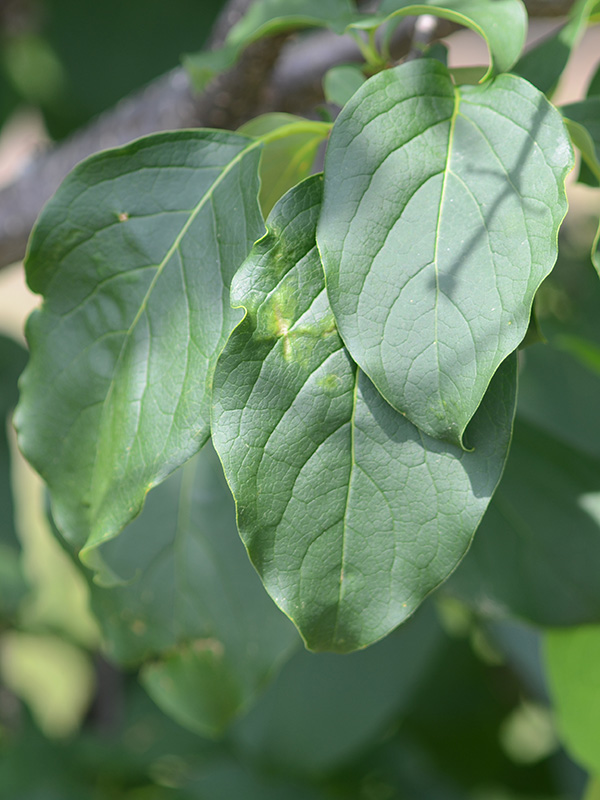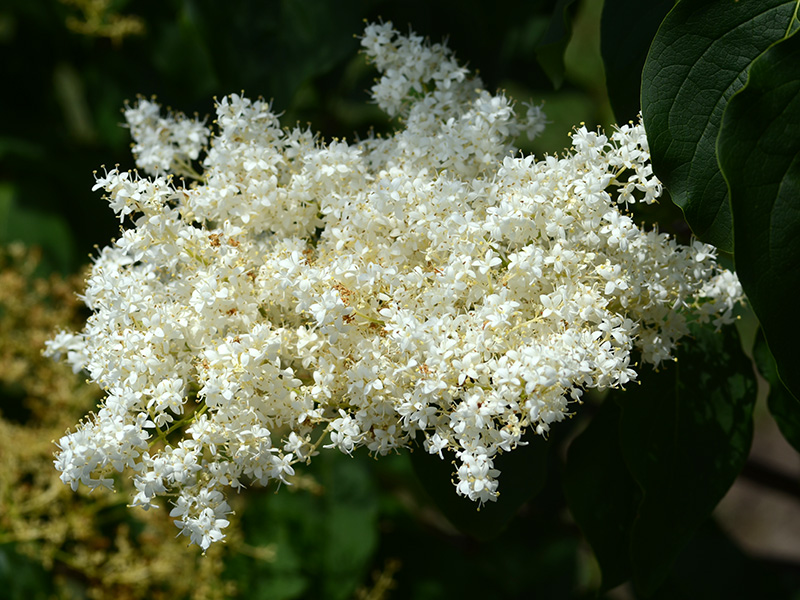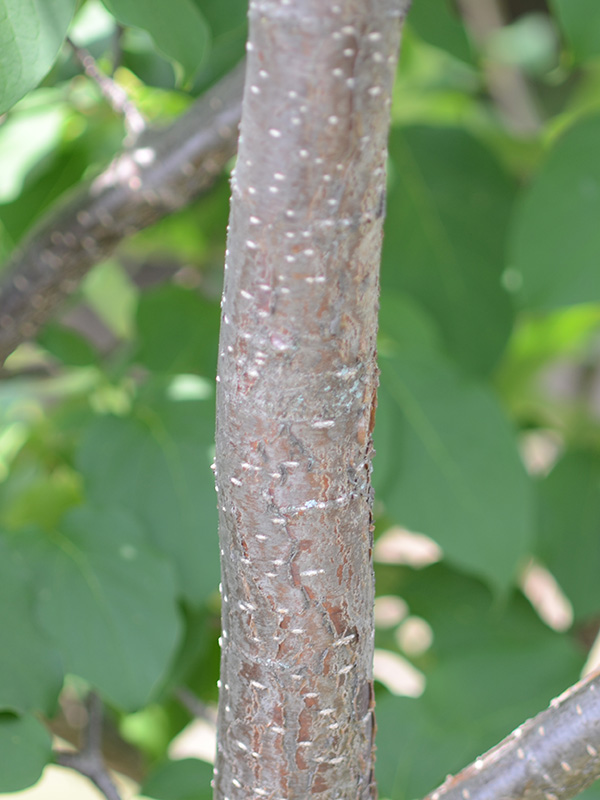| Shape | Oval-rounded crown. |
| Landscape | Wonderful specimen tree. |
| Propagation | Propagate through softwood cuttings, or by seed in spring. |
| Cultivation | Grow in full sun in rich, well-drained, moist soil. Has good tolerance for urban conditions, but should not be planted south of USDA Zone 7, as it does best in areas with cool summers. |
| Pests | Excellent resistance to most pests and diseases that are known to affect lilacs, however caterpillars and leaf miner may still cause problems. |
| Notable Specimens | Royal Botanical Gardens, Burlington, Ontario, Canada. |
| Bark/Stem Description | Reddish-brown peeling bark. |



